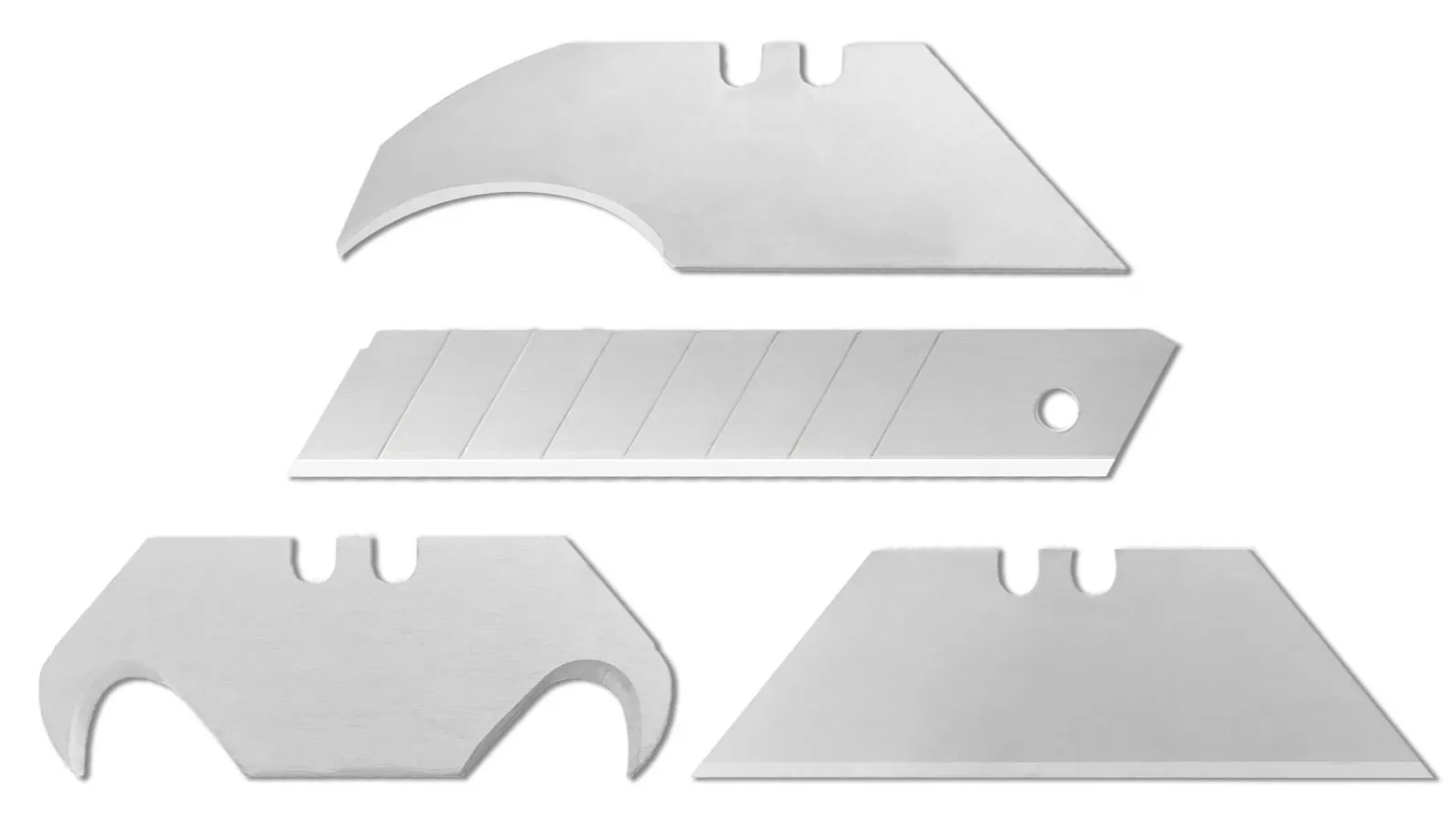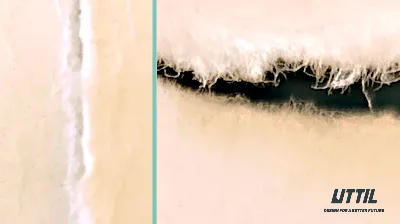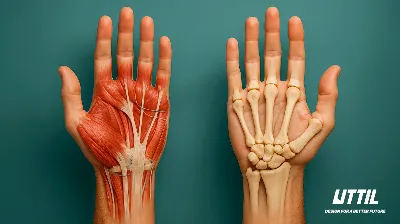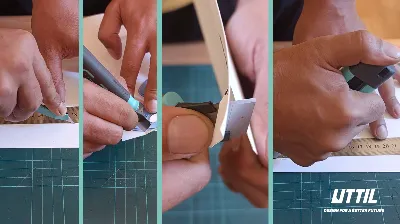Types of utility knives: Blades and their uses
Utility knives are incredibly versatile hand tools that can be used for a variety of tasks, from cutting and slicing to scraping and scoring. However, not all utility knives are created equal. The blade shape and size can vary greatly, and understanding these differences can help you choose the right-hand tool for the job. In this blog post, we'll take a closer look at the different types of utility knives and their blade shapes and sizes.
1. Fixed Blade Utility Knife
The fixed-blade utility knife is a classic design with a blade permanently attached to the handle. The blade can vary in length, typically 5 to 15 centimetres, and is available in straight and serrated edge options. The straight-edge blade is best for cutting and slicing, while the serrated edge is ideal for cutting through tougher materials like rope or cardboard.
2. Folding Utility Knife
A folding utility knife is a popular option that features a blade that can be folded into the handle for safe and convenient storage. The blade length can vary, typically 5 to 10 centimetres, and is available in straight and serrated edge options. The folding utility knife is ideal for tasks that require a compact and portable tool, such as camping or outdoor activities.
3. Retractable Blade Utility Knife
A utility knife with a retractable blade is a versatile option with a blade that can be adjusted to different lengths depending on the task at hand. The length of the blade can typically range from 3 to 15 cm and is available in both straight and serrated edge options. The utility knife with a retractable blade has a mechanism that allows the blade to be retracted immediately after the cut is finished, especially for safety purposes. They are used to increase safety in crowded work areas or for fast work such as opening packaging.
4. Snap-Off Blade Utility Knife
The snap-off blade utility knife features a blade that can be snapped off into smaller segments as it becomes dull. The blade length can vary, typically 9 to 18 millimetres, and is available in straight and serrated edge options. The snap-off blade utility knife is ideal for tasks that require a sharp blade but don't need the precision of a retractable blade knife.
5. Hook-Blade Utility Knife
The hook-blade utility knife features a curved blade with a hook at the end. The blade length can vary, typically ranging from 3 to 7.5 centimetres. The hook blade is ideal for tasks that require cutting through thicker materials like carpet or vinyl flooring.
6. Concave Blade Utility Knife
The concave blade utility knife features a blade that is curved inward, creating a concave shape. The blade length can vary, typically ranging from 2 to 6 inches. The concave blade is ideal for tasks that require precision and control, such as carving or whittling.
7. Rounded Tip Blade Utility Knife
The rounded tip blade utility knife features a blade with a rounded tip instead of a pointed one. The blade length can vary, typically 5 to 15 centimetres, and is available in straight and serrated edge options. The rounded tip blade is ideal for tasks that require a sharp blade but don't require a pointed tip, such as removing stickers or cutting through paper.
In conclusion, many different types of utility knives have varying blade shapes and sizes. Whether you need a straight-edge blade for cutting and slicing or a hook blade for cutting through thicker materials like carpet, there is a utility knife that can handle the job. Uttil expands its product range from the most commonly needed models to the most specialised products. Understanding the differences between Uttil utility knives can help you choose the right tool for the task. Remember to always prioritise safety and handle your utility knife carefully and responsibly.








